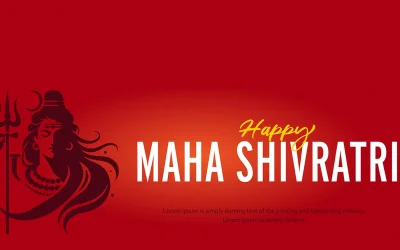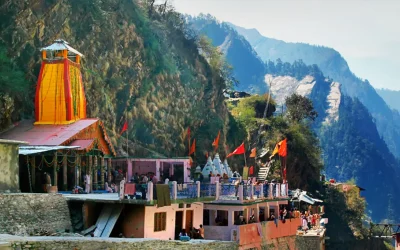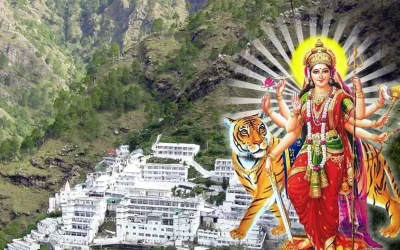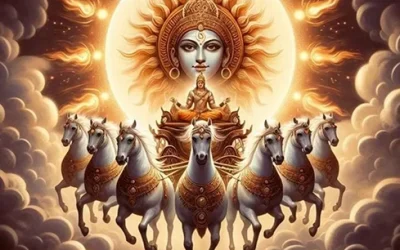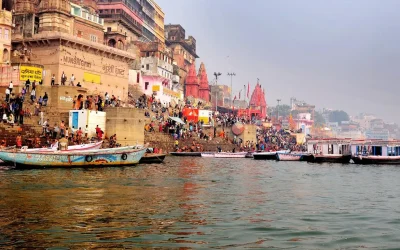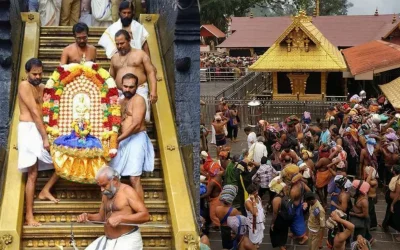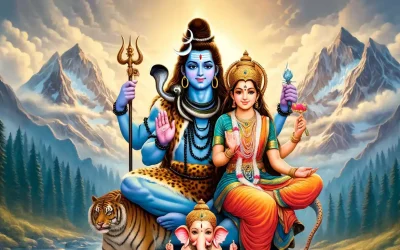Explore the ten avatars of Vishnu and their roles in Hindu mythology.
Explore the Ten Avatars of Vishnu and Their Roles in Hindu Mythology
Most ancient stories have valuable learning messages in the storyline. One such treasure house is from Hindu mythology—the Dashavatara, or ten incarnations of Lord Vishnu. Each one is associated with a tale of daring, wisdom, and integrity that represents an endless tussle between good and bad. Let’s learn more about these divine manifestations of Vishnu, the preserver of the universe, and find out what they hold for us today.
Vishnu is one of the most important Hindu gods and is well-known as the preserver and protector of the universe. He is a part of the Hindu Trimurti along with Brahma, the creator, and Shiva, the destroyer. Vishnu comes to Earth in different incarnations whenever balance is destroyed by chaos. The avatars are termed Dashavatara, which means “dasa,” meaning ten and “avatara,” meaning descent, and all of his avatars fulfil a unique role in dharma, or righteous living.
The Ten Avatars of Vishnu
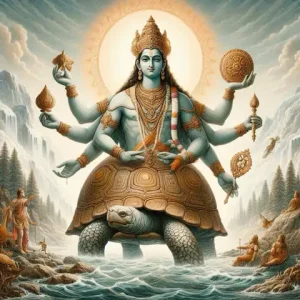
Matsya: The Fish
Matsya, the first avatar of Vishnu, was a fish that warned the sage Manu about an impending disastrous flood, guiding a divine ark with seeds, animals, and saints, who were saved while teaching humanity to conserve knowledge and wisdom.
Kurma: The Tortoise
In his second avatar, he comes as a giant tortoise that supports Mount Mandara during the churning of the ocean (Samudra Manthan) by gods and demons. In this way, he helps fetch the nectar of immortality, showing that patience, teamwork, and support lead to great achievements.
Varaha: The Boar
Taking the form of a boar, Vishnu rescues the Earth (Bhudevi) from the demon Hiranyaksha, who drags it into the cosmic ocean. With his tusks, Varaha lifts the Earth back to safety, demonstrating that protecting the planet and restoring balance are paramount duties.
Narasimha—The Man-Lion
In this fierce form, Vishnu delivers justice by defeating the tyrant demon Hiranyakashipu, who is immune to conventional death. Narasimha cleverly fulfilled all conditions of the demon’s invincibility and struck at twilight, restoring justice, stating that divine justice always shows its power, however mighty evil may become.
Vamana: The Dwarf
He dressed himself as a lowly Brahmin dwarf to gain favour and humble Bali, the demon king who took heaven and earth for himself. Then Vamana politely asks for just a tiny bit of land, only as much as he can cover in three steps. Seeming harmless, Bali, feeling generous, agrees. Vamana stretched the tiny bit of land to a cosmic size and reclaimed the universe to show the world that humility and simplicity could indeed be a mighty force.
Parashurama: The Warrior with an Axe
As a Brahmin warrior, Parashurama wields an axe to defeat corrupt and oppressive rulers. By eliminating the Kshatriyas who misuse their power, he was able to restore order and reinforce that justice and righteousness must triumph over corruption.
Rama, The Prince of Ayodhya
Showing virtues and integrity, Rama is the hero in the epic Ramayana and exemplifies this portrayal through virtues like respect and responsibility. By defeating the demon king Ravana to rescue his wife, Sita, he exemplifies the importance of upholding moral values and loyalty, even in the face of adversity.
Krishna: The Divine Statesman
Krishna is the central figure of the Bhagavad Gita, who used his wisdom and charm to explain his own divine role. He entrusted the Bhagavad Gita to Arjuna, wherein many lessons of duty, spirituality, and detachment found their way regarding the possibility that selfless action, devotion, and wisdom can coexist in balance.
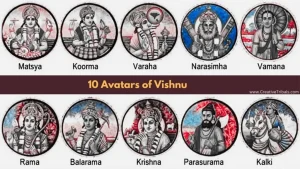
Buddha—The Enlightened One / Balrama—The Strong Brother
In some traditions, Vishnu’s ninth avatar is Buddha, who spreads the teachings of non-violence and compassion. His philosophy of peace and enlightenment guides humanity to overcome suffering by embracing compassion, mindfulness, and inner peace.
In other traditions, Balrama, Krishna’s elder brother, replaces Buddha in the Dashavatara. Associated with great strength and agrarian roots, Balrama is often depicted with a plow, symbolizing the importance of agriculture and the strength needed to sustain and nurture life. Both interpretations underscore the significance of balance—whether through enlightenment or the grounding strength of nature.
Kalki: The Future Warrior
Vishnu’s final avatar is prophesied to come at the end of Kali Yuga, which is the current age of chaos. Riding a white horse and wielding a blazing sword, it is told that Kalki will wipe out evil and restore dharma, affirming very clearly that good does eventually triumph over evil and cosmic harmony will be restored.
Why the Dashavatara Matters Today
The Dashavatara is a timeless guide to navigating life’s complexities. Each avatar brings its own lessons, from Matsya’s focus on preserving knowledge to Krishna’s emphasis on spiritual wisdom. They’re reminders of qualities like patience, humility, justice, and compassion—values we can all strive for.
In a world full of chaos and challenges, the Dashavatara reassures us that balance and righteousness will always prevail. Lord Vishnu’s avatars are like guiding lights, showing us how to live harmoniously and tackle life’s complexities with courage and integrity.
So, here’s a question for you—which avatar resonates most with you? Is it the wisdom of Krishna, the strength of Narasimha, or maybe the humility of Vamana? Whatever it is, there’s something for everyone to take away from these incredible stories.
